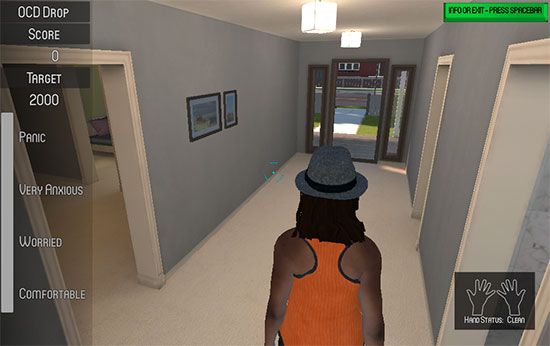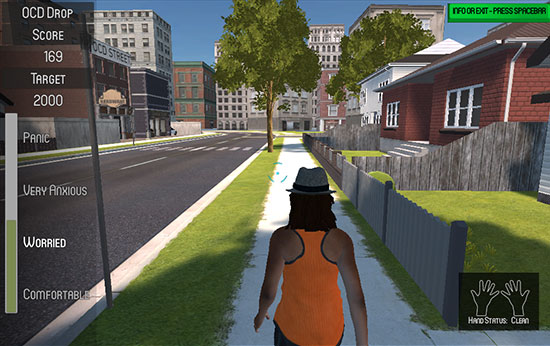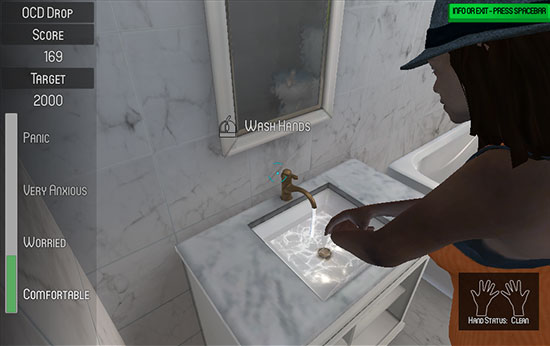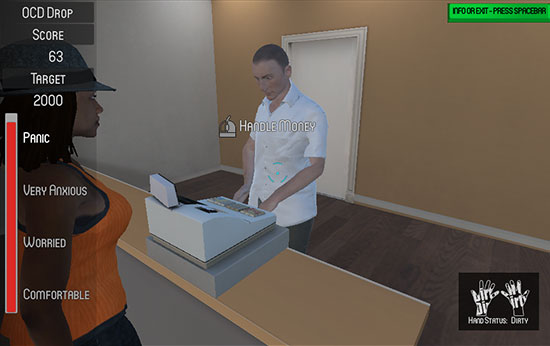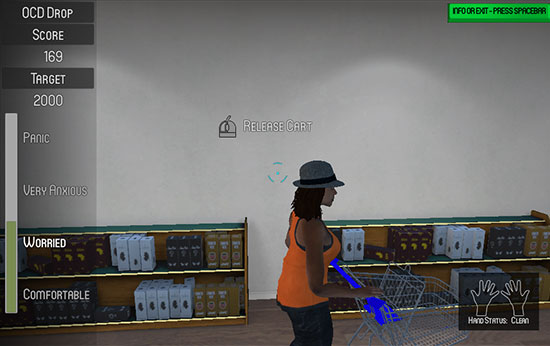Scroll down to read the introduction section below.
What are obsessive compulsive symptoms?
Obsessions may include recurrent or persistent thoughts, impulses or images which are generally intrusive and unreasonable (e.g., fear of dirt/germs/contamination, the need for things to be "just right", pathological doubt about whether something has been turned off/on). Compulsions are repetitive behaviours or mental acts which may be performed to alleviate the anxiety or distress of these obsessive thoughts. Some compulsive behaviours include washing, cleaning, counting and checking rituals.
These symptoms are quite common and can be treated. If you register with OCDDrop you can use an internet-delivered program designed to help people overcome obsessions and compulsions.
How do I access the treatment program?
If you would like to access this program, you will need to register by clicking on the register/login link above (Step 2). After registering, if you are eligible to participate, you will be contacted at the phone number you provide by one of our research team. The current trial has limited availability. However, if you are not eligible for the current trial, we will send you an invitation email when the next treatment trial becomes available.
Once you are involved in the trial, you will also receive reminder emails asking you to return to this site to complete some follow-up questionnaires about your symptoms and progress on the program.
Any data that is collected from you may be used in research to improve the program. For more information please read the privacy statement, terms of use, and disclaimer links at the bottom of the page.
if you click the 'coping with anxiety' tab at the bottom of the screen you can read some tips for dealing with anxiety.
How does the ‘OCDDrop’ program work?
The online program uses a psychological technique known as Vicarious Exposure or Symbolic modelling. In vicarious exposure treatments, participants learn the behavioural strategies used in exposure therapy. This is achieved by directing a computer character around a virtual world. You will be asked to learn to do exposure with ritual prevention via a person pictured on the screen who is stated to have contamination obsessions and washing rituals.
When you begin the treatment, you will be asked to imagine that you are the person on the screen and to take the person though what is necessary to reduce their urge to wash after touching dirt. The person is portrayed at home and can be moved (using the computer mouse) to rooms within the house, out in the back garden or to the street, parks and shops. You will need to learn how to reduce the anxiety level of the person and how to score points within the program.
The following pictures are examples from the virtual world in the program.
